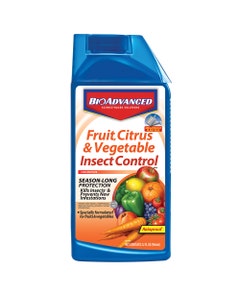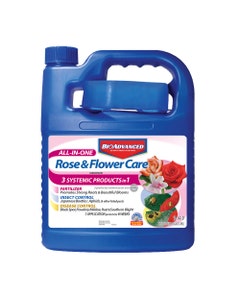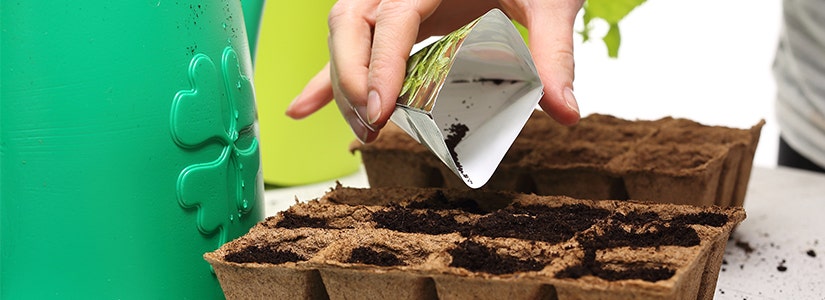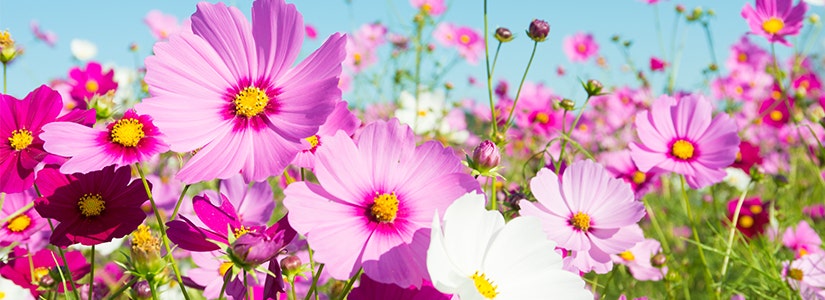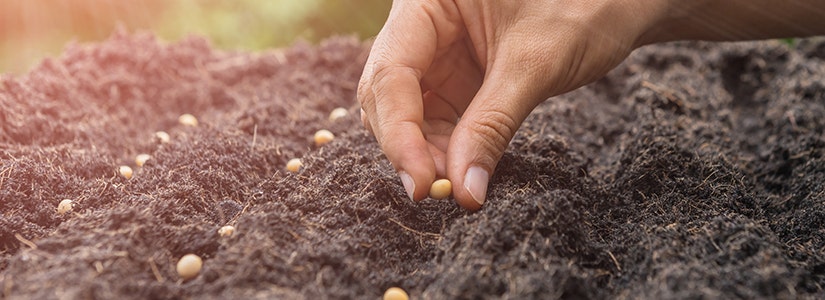

- Home
- Solution Center
- Learn
- Rose & Flower
- Direct Sowing: Starting Seeds Outdoors
Direct Sowing: Starting Seeds Outdoors
Growing from seeds indoors is one way of starting your garden. Another option is to tuck seeds directly into soil outdoors. Planting seeds this way is called direct sowing, and it is an easy process that yields great results.
Unlike indoor seed starting, direct sowing involves unpredictable elements: weather, wildlife and insects. Even so, many vegetables, annuals, herbs and perennials sprout easily from seed sown directly into garden soil.
How to Plants Seeds
Vegetables
Direct-sow tap-rooted vegetables, such as carrots or radishes, that do not transplant well as seedlings. Beets transplant well, but they prefer growing in cool soil so there is no reason to start them indoors.
Heat-loving crops that need a long season to produce, such as tomato, pepper or eggplant, don't yield as strong a performance when they're direct-sown, especially in regions with short growing seasons. Start these seeds indoors. Other heat-loving crops, such as pumpkin, squash, cucumber, beans and melons, thrive when direct-sown after all danger of frost is past.
Flowers
Some flowers, including Sweet Pea, Larkspur and Bachelor's Buttons, germinate best in cool soil and should be direct-sown early in the growing season. You also want to direct-sow bloomers that don't transplant well as seedlings, such as Morning Glory, Nasturtium, Poppies and Moonflower.
Annuals that require a long time to grow from seed are best started indoors. Examples include Cleome, Petunia, Nicotiana and Amaranth. Other warm-season annuals, including Cosmos, Marigold and Zinnia, grow quickly from direct-sown seed.
How to Plant Flowers from Seed: Step-By-Step
Prepare Soil – Use a rake or hand fork to loosen soil. Break apart large soil clumps, and remove debris, such as sticks, rocks and roots. Add amendments to soil, such as fertilizer and organic matter, to create the most ideal growing situation. Finish by creating a level surface.
Dig In – Most seed packets describe planting depth. The rule of thumb is to plant at a depth equal to three times the seed diameter. There are exceptions. Some seeds require light to germinate and should rest on top of soil. Press such seeds firmly against soil using a board or trowel to ensure that moisture cradles the seeds.
How to Sow Seeds:
- If your soil has a high clay content and tends to crust over as it dries, cover seeds with commercial seed-starting mix.
- When sowing extremely small seeds, such as carrots or nicotiana, mix seeds with sand to aid in dispersal.
- When sowing larger seeds, including peas and beans, create a long furrow and dribble seeds at the proper spacing. Alternatively, use a bamboo stake, dibber or pencil to form individual planting holes.
Moisture Matters – After planting, water seeds with a gentle mist or shower. Avoid using a strong splash or spray, which can dislodge seeds. It is vital to keep soil consistently moist. In a sunny spot, this may mean watering twice a day.
Stake The Spot – Mark planting areas, especially if they are tucked between existing plantings. Use garden markers, stakes and string, tall sticks, plastic cutlery — anything that clearly defines where seeds are buried.
Identify Seedlings – Learn what your seedlings will look like so you don't mistakenly pull them as weeds. Some seed packets show seedling appearance; you can also find illustrations or photos online. When in doubt, let the seedling remain until you know for sure if it is friend or foe.
Thin Seedlings – Thin seedlings as directed on the seed packet. You will disturb roots less if, instead of pulling seedlings you are removing, you snip seedlings at the soil line with a fingernail or a tiny pair or snips or scissors.
Watch For Pests – Keep an eye out for and protect seedlings against Slugs, Snails, Cutworms and other insect pests.

